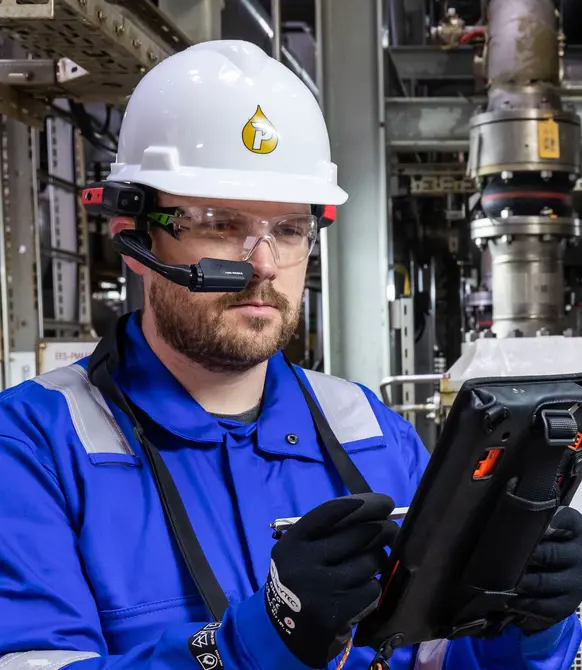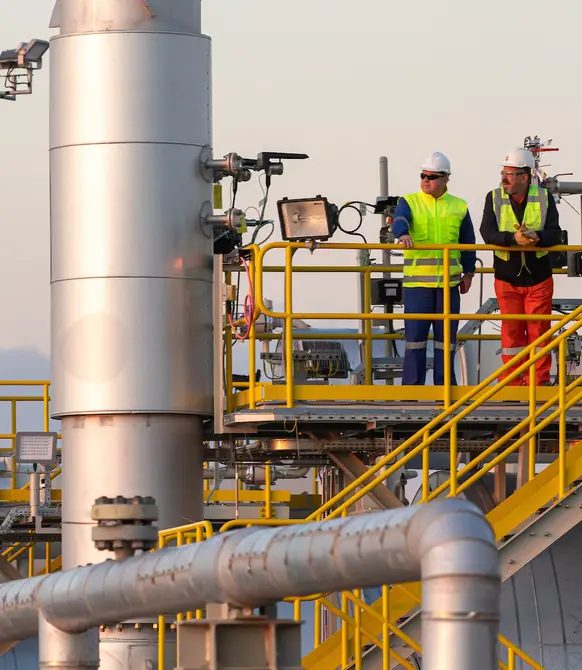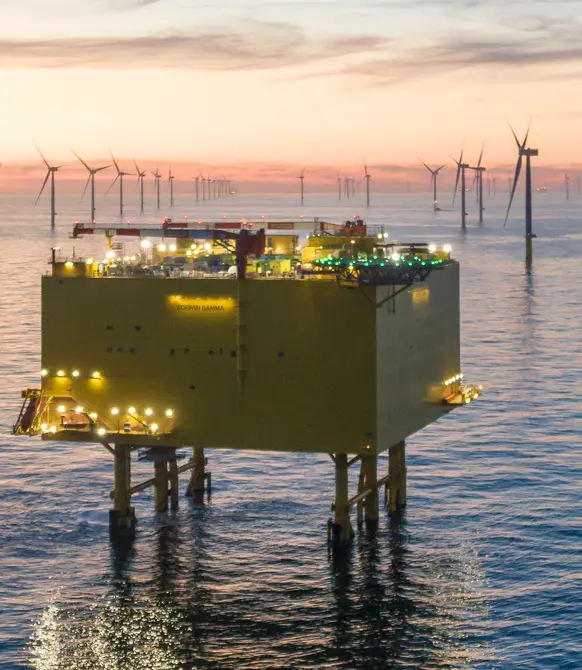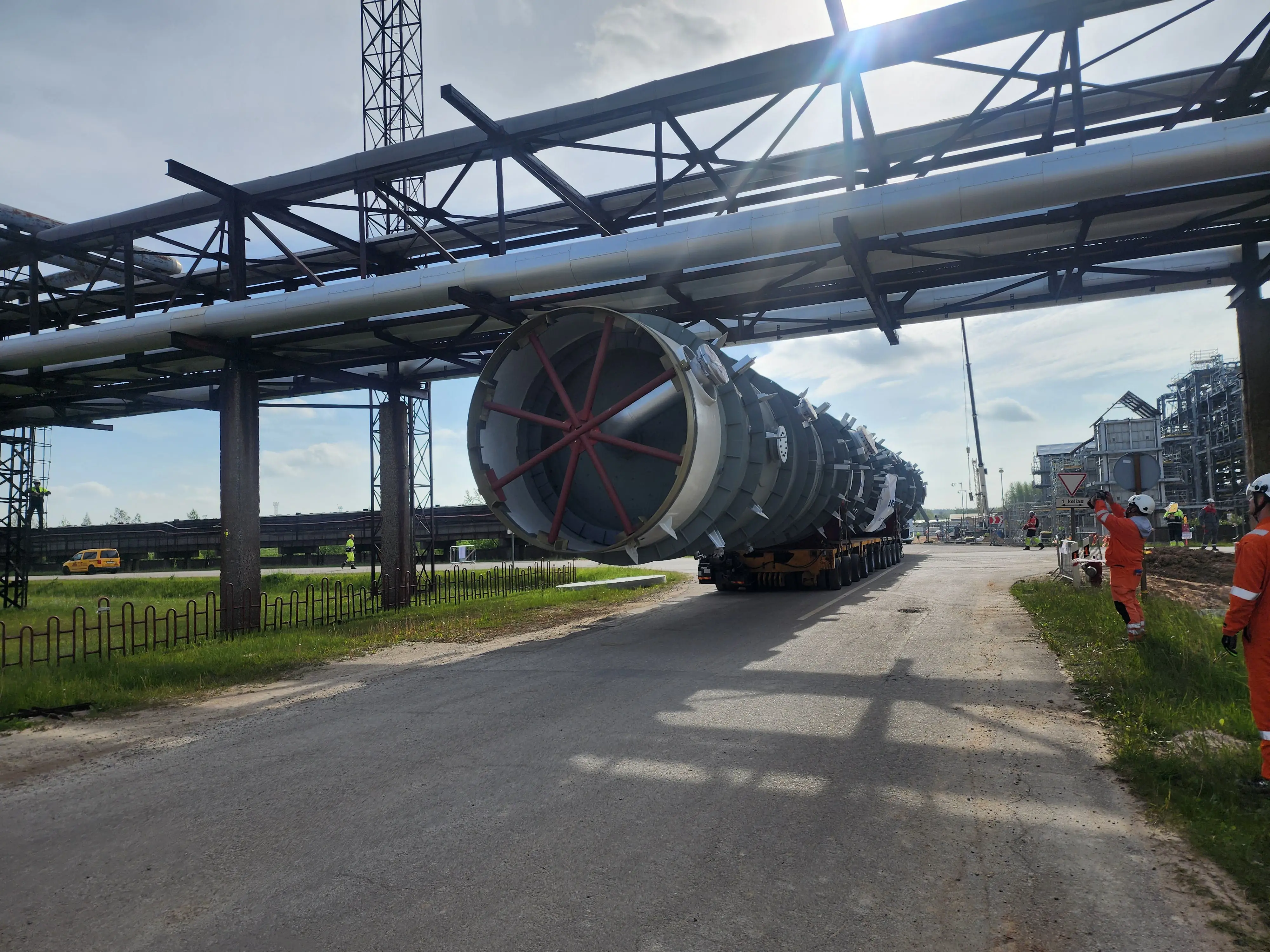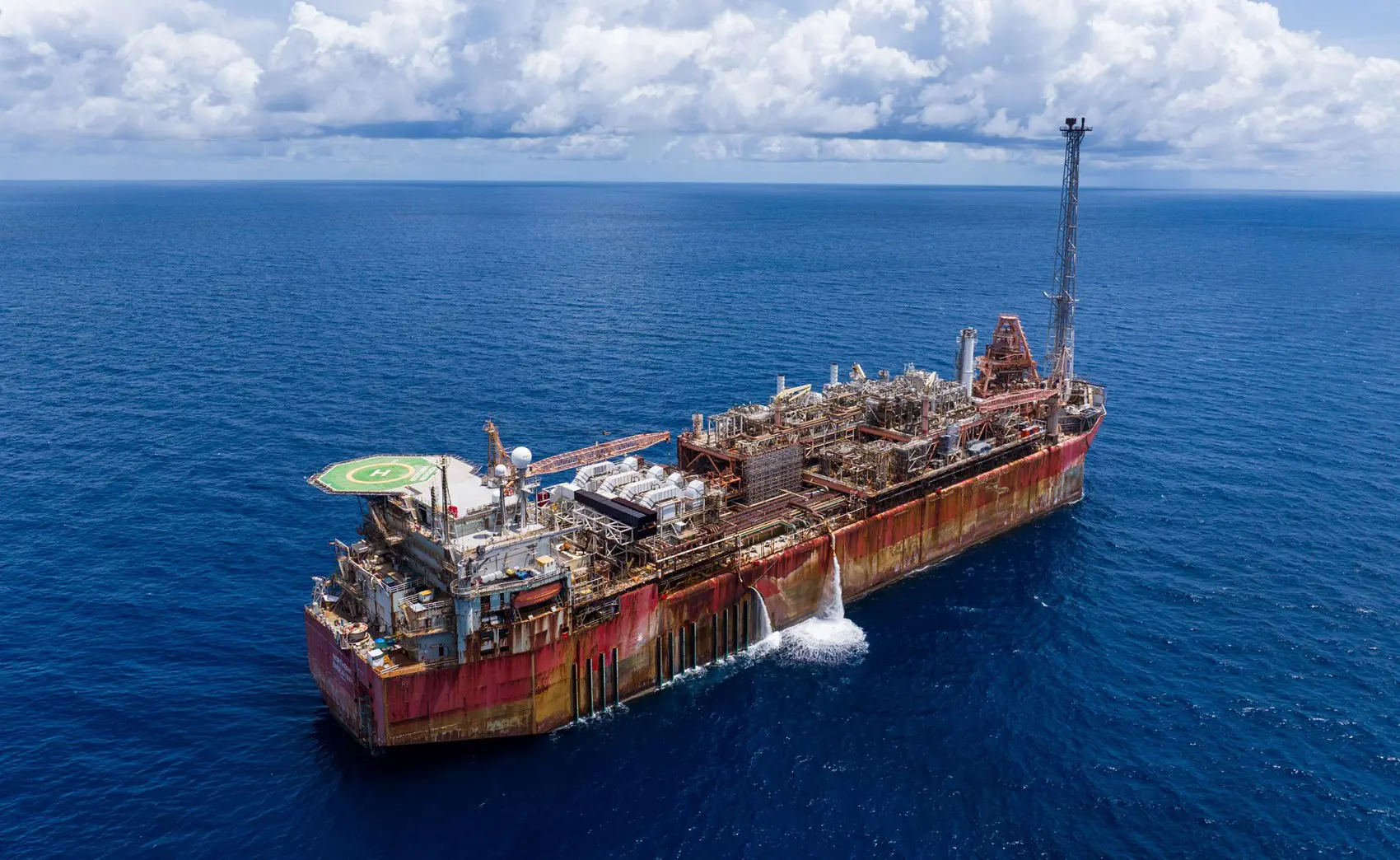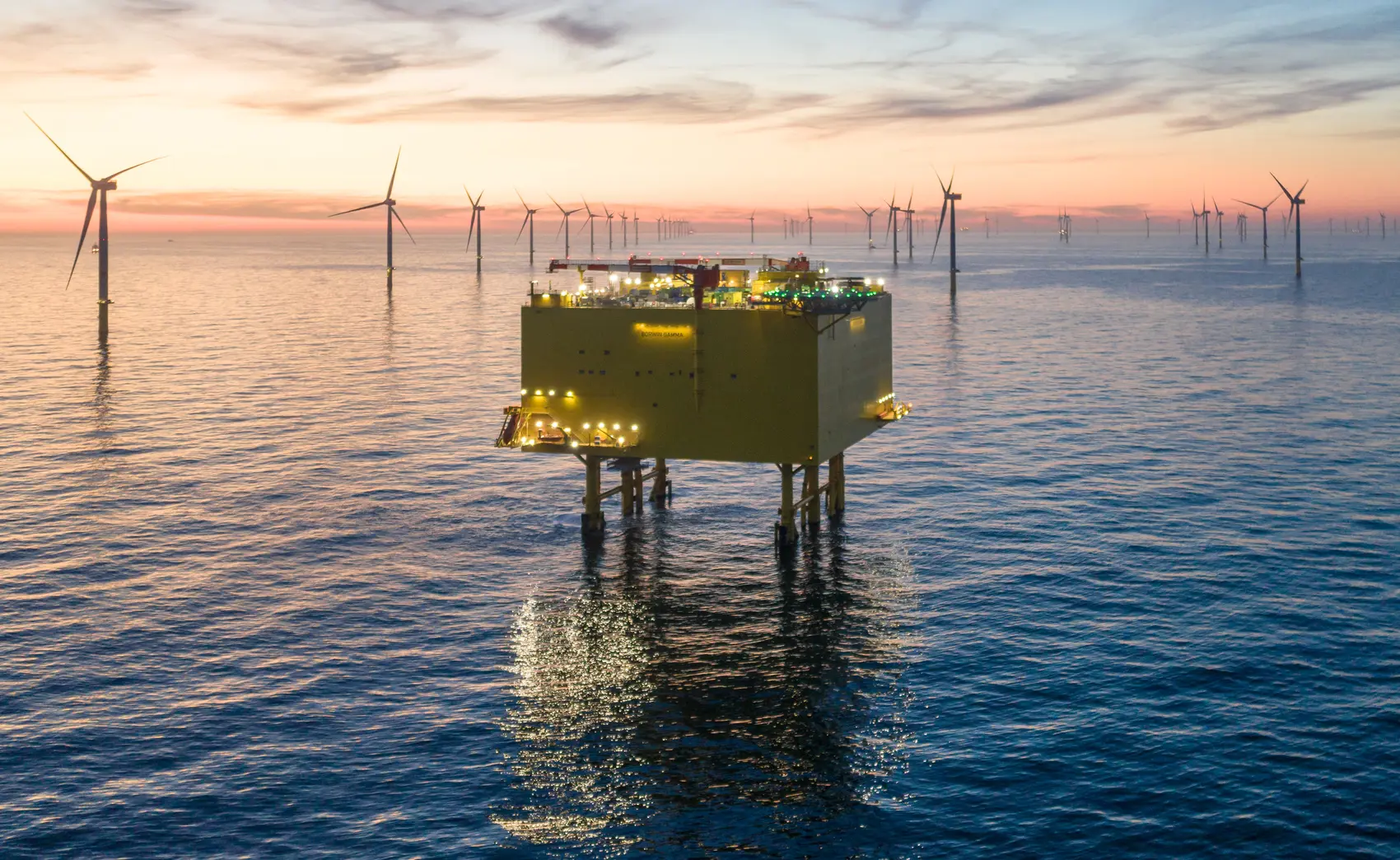FINAL FLIGHT
During these latter stages, personnel begin to leave the platform as the systems are shut down and operations wind down, culminating with a ‘final flight’, where the last of the operational crew leave the asset.
Alec Townley, Operations Manager of a platform about to enter lighthouse mode, reflects on his and his team’s experience of the process: “Offshore, you meet all kinds - first timers and veterans who’ve spent decades on the same platform. So, when decommissioning begins and the asset enters lighthouse mode, it’s emotional. There’s sadness in leaving what feels like a second home but also pride in all we’ve achieved. You can feel the history and hope the legacy lives on after the last flight home.”
MANAGING THE PAUSE
Once these preparations are complete, the asset is officially placed into lighthouse mode.
During this stage, another key factor is meticulous documentation. This includes thorough preparation, ongoing observations, and detailed reporting of all activities and conditions. Through our Global Management System (GMS) and BuildME software, we can ensure operational integrity is maintained throughout the phase and carried forward into subsequent operations. Also, returning to an asset after any unmanned period comes with risk, so documentation enables the returning teams to understand the exact condition and status of the asset. This is crucial, not only for the safety of personnel on board and surrounding environment, but also for efficient execution of the next phases - reducing uncertainty and mitigating risk, resulting in more predictable and inherently lower-cost execution.
“Whether as duty holder, outsourced operator, well operator, or decommissioning partner, Petrofac brings deep experience and digital capability to help clients manage this phase with confidence,” says Ross Sutherland. “Our integrated systems streamline planning, enable real-time control, and maintain compliance. This turns the stillness of lighthouse mode into a strategically managed stage of the decommissioning journey.”
BRIDGING THE GAP
When an asset is in lighthouse mode it is no longer operational but not yet gone. This phase of the decommissioning process requires technical discipline, vigilant monitoring, effective documentation, and a strong understanding of the asset’s condition and history.
As the asset stands, identified by the lights of its NAVAIDs and awaiting the next stage of decommissioning, it serves as a beacon of all the hard work undertaken to reach this point – meticulous planning, careful execution, and a commitment to ensuring that, despite being inactive, the asset remains safe, compliant, and fully prepared for its final removal.




